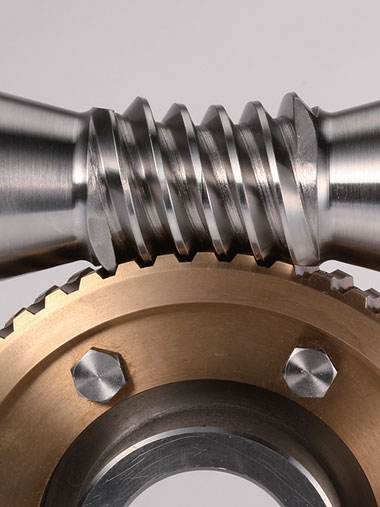Good day to everyone.
Any suggestions on how we could program and machine this worm gear? Material is 4140, 2.375 diameter. For our CAD software we are using Fusion 360, but I haven't been able to make the desired toolpath. Anyone else had to deal with a similar project that can give me advice?
Our machine is a Mori Sieki NL3000y.
Any suggestions on how we could program and machine this worm gear? Material is 4140, 2.375 diameter. For our CAD software we are using Fusion 360, but I haven't been able to make the desired toolpath. Anyone else had to deal with a similar project that can give me advice?
Our machine is a Mori Sieki NL3000y.





